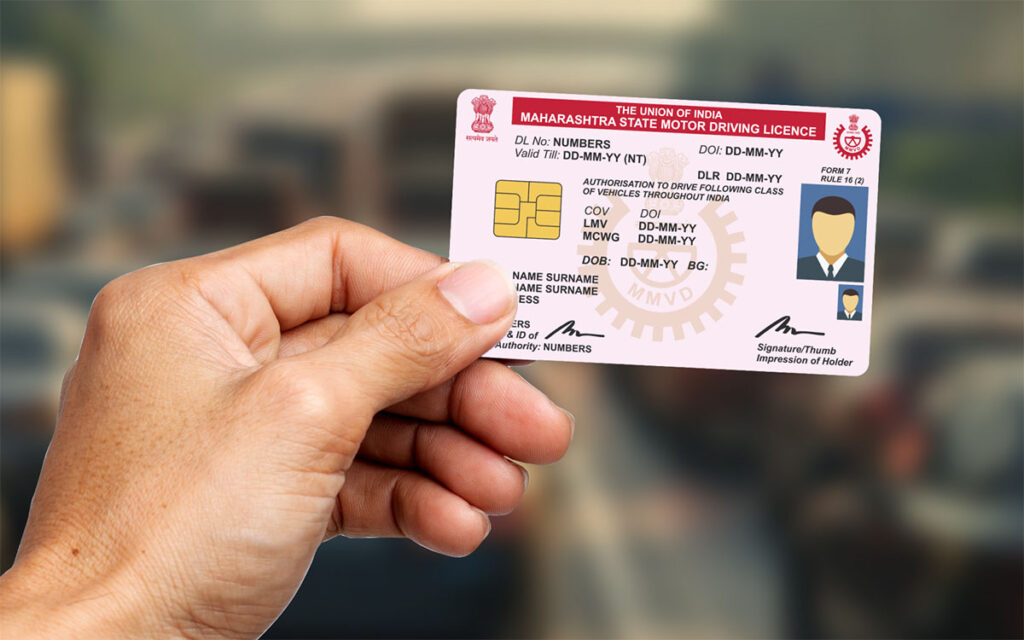Essentials of Obtaining a Driving License, A driving license is more than just a piece of plastic—it’s a key to independence and mobility. Whether you’re a new driver or looking to upgrade your current license, understanding the process and requirements is crucial. This blog post will explore the key aspects of obtaining a driving license, including the types, the general process, and tips to help you succeed.
Types of Driving Licenses
Driving licenses come in various types, each suited to different types of vehicles and purposes. Here’s a general overview:
- Standard Driver’s License: This is the most common type of license and allows you to operate cars, light trucks, and SUVs. It is typically obtained through a graduated licensing system.
- Motorcycle License: For those who wish to ride motorcycles or scooters, a specific motorcycle license is required. This often involves a separate test and may include a graduated system similar to car licenses.
- Commercial Driver’s License: This license is needed for operating larger vehicles such as trucks and buses. It requires additional training and testing to ensure the driver is capable of handling commercial vehicles safely.
- Specialized Licenses: Some licenses are designed for specific vehicles or uses, such as emergency vehicles or transport vehicles for hazardous materials. Each type has its own set of requirements and regulations.
The General Process of Obtaining a Driving License
While the exact process can vary depending on the country or region, the following steps are generally applicable:
- Research Local Requirements: Start by researching the specific requirements and procedures for obtaining a driving license in your country or region. Visit your local motor vehicle department’s website for detailed information.
- Study for the Written Test: Most licensing processes begin with a written knowledge test that covers road signs, traffic laws, and safe driving practices. Study the relevant driver’s handbook and consider taking a driver’s education course for comprehensive preparation.
- Take the Written Test: Schedule and take the written test at your local motor vehicle office. Passing this test is usually required to obtain a learner’s permit or provisional license.
- Obtain a Learner’s Permit: If required, you’ll receive a learner’s permit after passing the written test. This permit allows you to practice driving under certain restrictions, such as having a fully licensed driver accompany you.
- Gain Driving Experience: Accumulate driving experience while holding your learner’s permit. Practice in various conditions to build confidence and skills.
- Take the Road Test: After gaining sufficient experience, schedule and take the road test. This practical test assesses your driving skills and ability to follow traffic laws.
- Receive Your Full License: Upon successfully passing the road test, you’ll receive a full driving license. This license allows you to drive independently and may have fewer restrictions compared to a learner’s or provisional license.
Tips for Success
- Practice Regularly: Regular practice is essential for developing driving skills and confidence. Try to drive in different conditions to enhance your abilities.
- Take Driver’s Education: Enrolling in a driver’s education course can provide valuable insights and help you prepare effectively for both the written and road tests.
- Understand Local Rules: Familiarize yourself with the driving regulations and road signs specific to your region. This knowledge will help you perform well on the written test and be a safer driver.
- Stay Calm During Tests: Approach your written and road tests with a calm and focused mindset. Follow instructions carefully and demonstrate safe driving practices.
- Renew and Upgrade: Keep track of your license’s expiration date and any opportunities for upgrading to higher classes if needed. Regularly renew your license as required by local regulations.
Conclusion
Obtaining a driving license is a significant achievement that opens up a world of possibilities. By understanding the different types of licenses, following the general process, and preparing thoroughly, you can navigate the path to becoming a licensed driver with confidence. Whether you’re just starting out or looking to upgrade your license, these steps and tips will help you achieve your goal and ensure you’re well-prepared for the road ahead.
